Blog
Blog
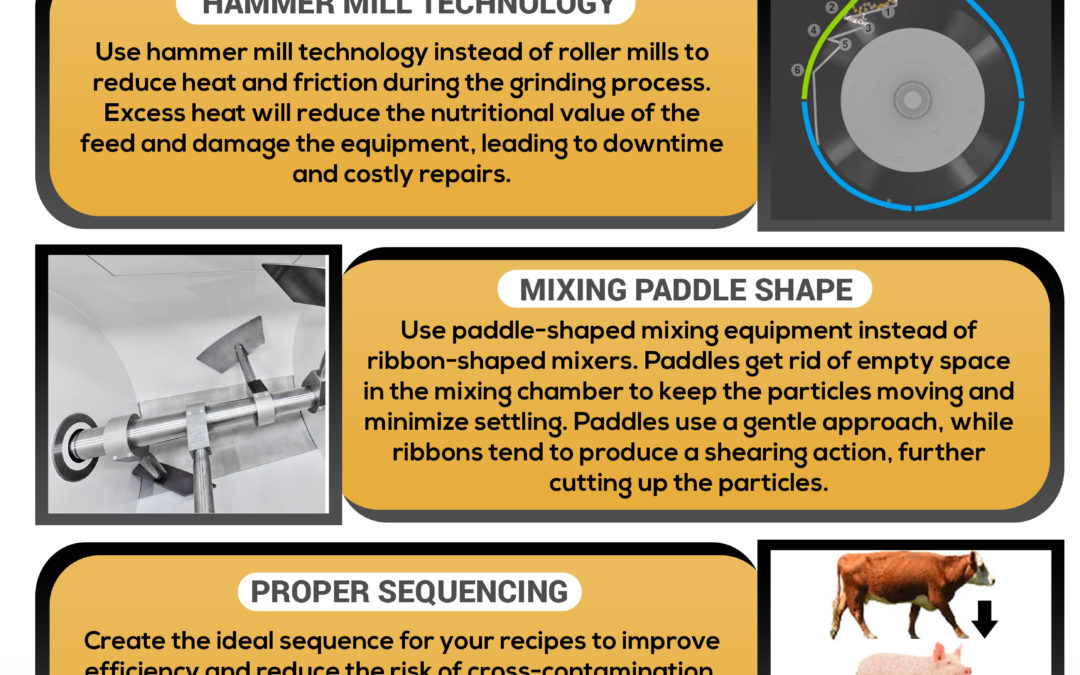
Increasing Productivity and Creating Efficiency within Feed Mills
Feed mills should adhere to a range of rules and regulations when developing and distributing their products. Use these feed mill best practices to increase efficiency and the overall quality of your feed. Particle Size All particles should be uniform in size and...
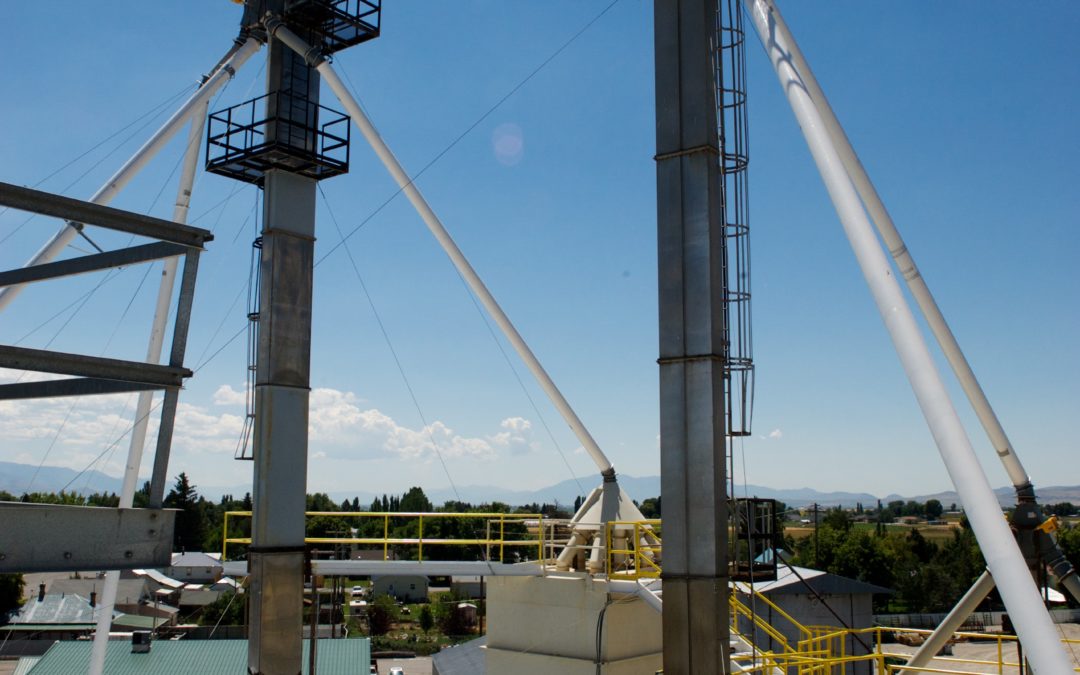
What Kind of Mixer Produces the Most Uniformed Feed?
Mixing is at the heart of every feed mill facility. This is considered one of the most important, and sensitive, components of the feed milling process. The goal of the mixing process is to create a uniform feed for your animals and livestock. Generally, this means...
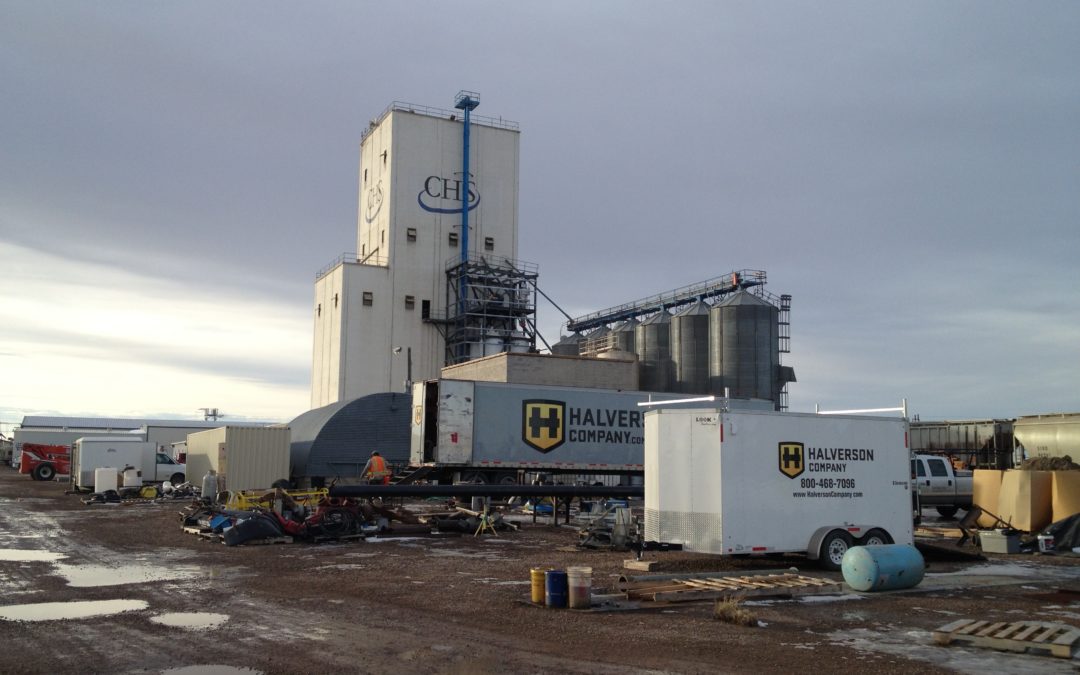
Feed Mill Best Practices
There are many things to consider when operating and configuring a feed mill. The goal is to get as much high-quality product out the door as efficiently and as cheaply as possible. Feed processing typically involves several steps, including sequencing, grinding,...
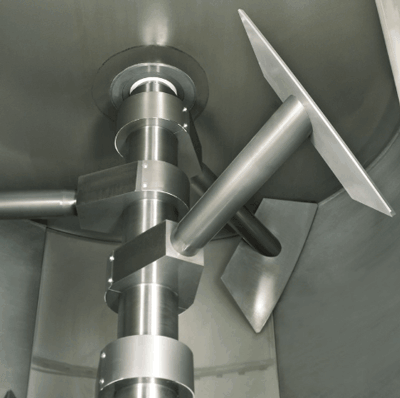
Ways to Reduce Mixing Time
Feed mill mixing tends to be one of the most expensive and time-consuming aspects of running a feed mill. Combining all your source ingredients into a consistent, nutritious product can be a challenge, especially if you’re using the wrong equipment. There are several...

How to Ensure Uniformity of the Feed is Achieved
Making sure the particles of your feed are uniform in size is crucial to the mixing process. If some of your particles are too large or too small, they will either sink or rise to the bottom of the batch, making it nearly impossible to create a consistent product for...
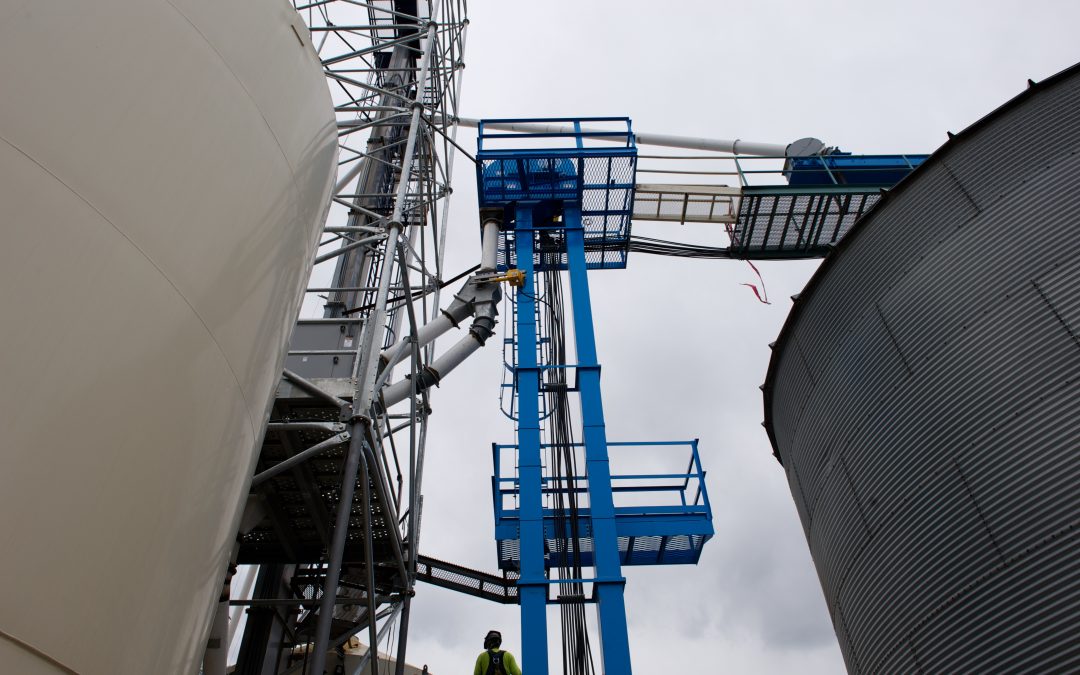
Feed Mixing & Particle Size
The size of your particles can have a major bearing on the overall accuracy of your animal feed. If your particles vary too much in size and shape, they won’t mix as evenly as larger particles sink to the bottom and larger particles rise to the top. This reduces the...
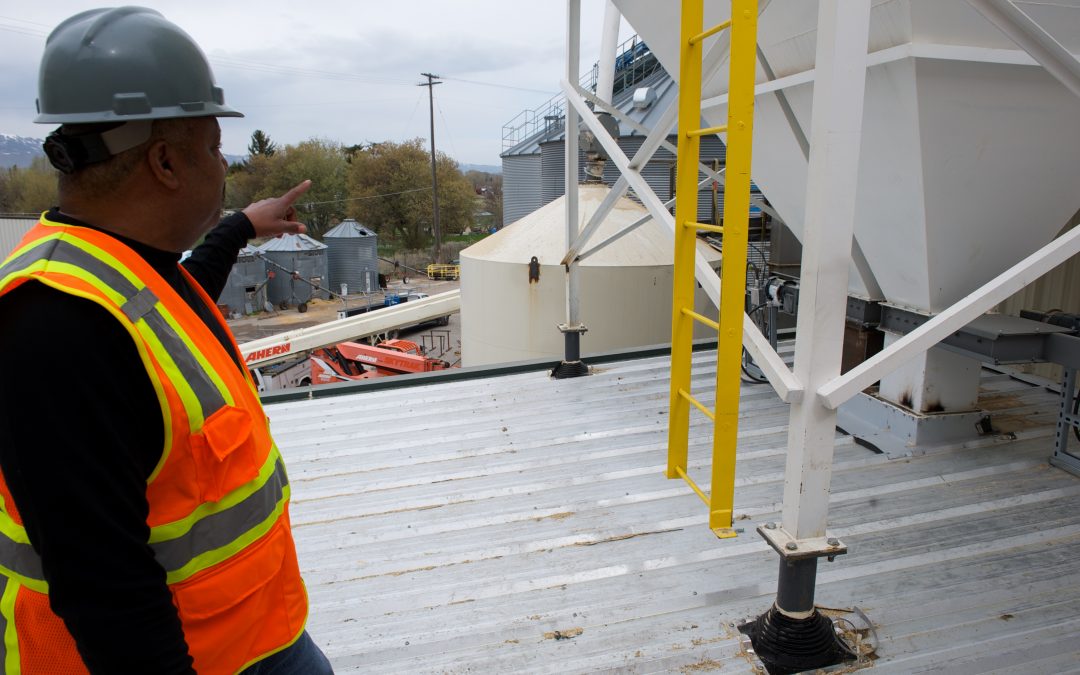
New Technology in Feed Mills
The feed mill industry is evolving quickly as businesses large and small look for better ways to develop and manufacture their products. Scientists continue to research the relationship between the mixing process and the overall health and safety of our nation’s...

Mixing Accuracy
Feed mixing is about making sure you have a nutritious, consistent product to feed your animals and livestock. If the feed is improperly mixed or not consistent from one batch to another, the health and well-being of your animals may suffer as a result. Several...
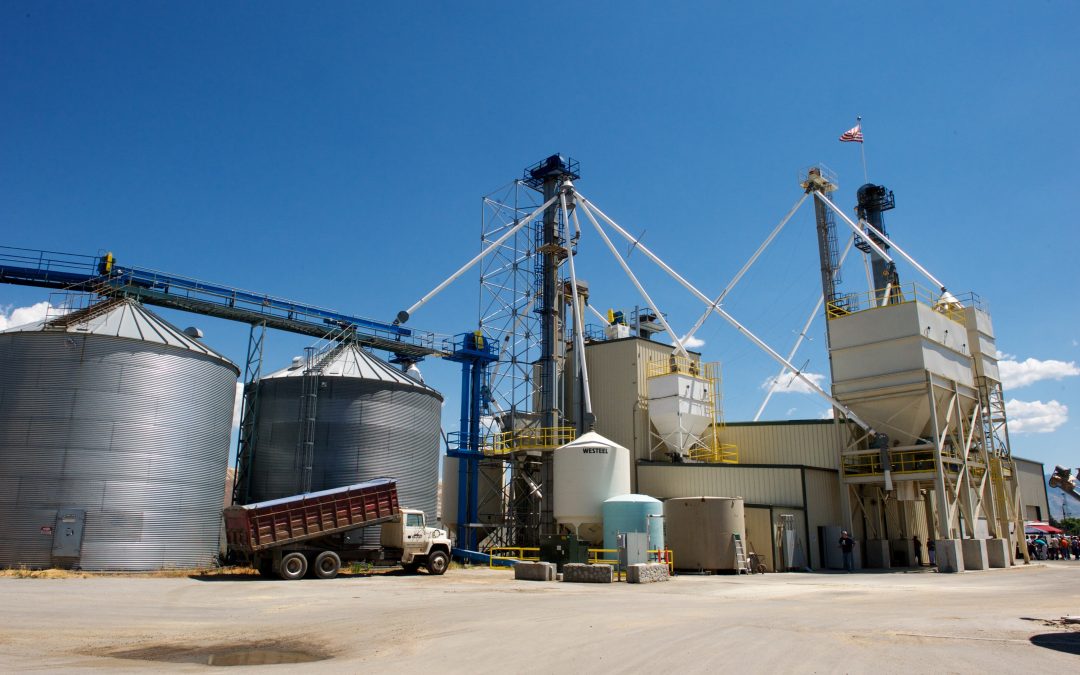
Liquid Addition to Feed Mix
In feed milling, there are generally two types of feed: dry feed and liquid feed. You may decide to add liquid to your dry feed before the mixing process or towards the end, depending on the nature of your feed and mixing equipment. However, if you add too much liquid...

Mixers: Paddle Vs. Ribbon
When running a feed mill, you have two options when it comes to choosing a mixer: paddle mixers and ribbon mixers. This speaks to the shape of the paddles used in the mixing process. Both styles can be effective, but they are designed for different applications and...
